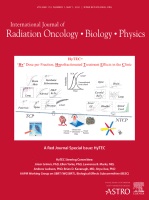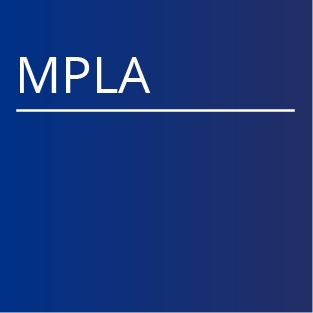
| HyTEC 2101 - High Dose per Fraction, Hypofractionated
Treatment Effects in the Clinic (HyTEC): An
Overview (2020) Category: HyTEC Rubin et al, Emami et al, and Quantitative Analyses of Normal Tissue Effects in the Clinic (QUANTEC) provided estimates of dose, volume, and outcome data primarily for conventionally fractionated radiation therapy based on expert opinion and/or the available published literature. Similar compilations for hypofractionated high-dose-perfraction regimens (often termed stereotactic radiosurgery [SRS], stereotactic body radiation therapy [SBRT], or SABR) have been provided (eg, American Association of Physicists in Medicine (AAPM) Task Group Report TG10110 and associated updated constraints11). These landmark dose-volume guidance documents, along with many clinical reports, cooperative trials, and some pooled analyses, have helped shape current clinical practice and are important contributions. The main objective of the current HyTEC (Hy Dose per Fraction, Hypofractionated Treatment Effects in the Clinic) initiative is to systematically pool published peer-reviewed clinical data to further refine dose, volume, and outcome estimates for both normal tissue complication probability (NTCP) and tumor control probability (TCP) for SRS/ SBRT. As with QUANTEC, the aim was to extract and pool published data in a clinically useful format. While QUANTEC focused on NTCP, HyTEC also includes TCP, as favorable tumor control has been the driving force in the growth of SBRT. We are most appreciative of the many authors who have contributed data on this topic to the current literature and thus have made this HyTEC effort possible. International Journal of Radiation Oncology*Biology*Physics https://doi.org/10.1016/j.ijrobp.2020.10.039 Jimm Grimm, PhD, Lawrence B. Marks, MD, Andrew Jackson, PhD, Brian D. Kavanagh, MD, Jinyu Xue, PhD, and Ellen Yorke, PhD |
DISCLAIMER



















